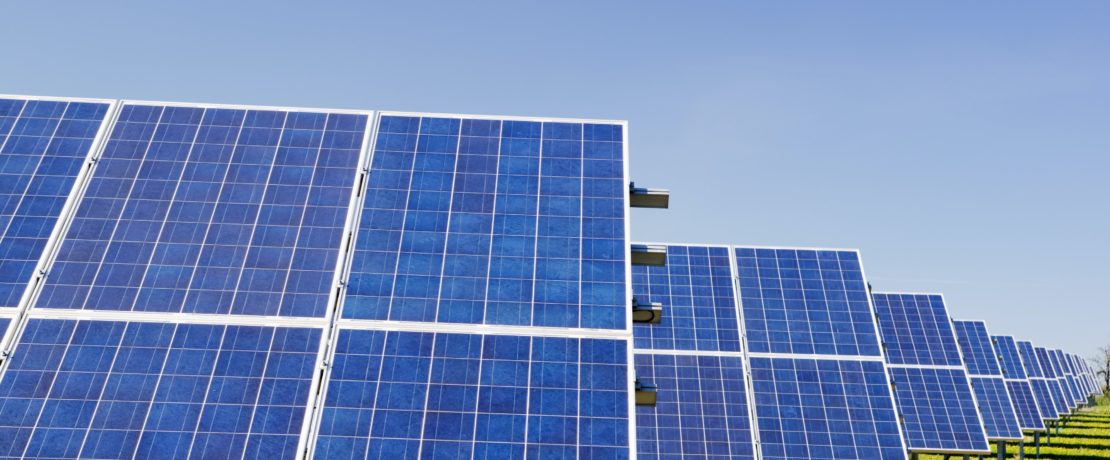Protected: Kingston solar farm – our objection
CPRE Nottinghamshire has objected to proposals by energy company RES to build a solar farm at New Kingston, near East Lake and Gotham in Nottinghamshire.
In-line with national CPRE’s stance on renewable planning proposals, we have objected to this solar farm on three main grounds.
Building on green belt
The application claims that ‘special’ circumstances warrant the development on protected Green Belt land in Nottinghamshire, which is written in the National Planning Policy Framework. However we do not believe that the generation of renewable energy should be used as a catch-all ‘special circumstance’.
We greatly support renewables as essential in tackling the climate crisis, but with brownfield land as well as industrial roof space continuing to be under utilised for solar projects, we argue that these avenues have not been fully explored.
The Green Belt is protected land and provides myriad benefits to people and wildlife, and we do not believe that renewable proposals should by default over-ride the protections that the Green Belt benefits from.
Energy security
The Rushcliffe Local Plan states that decentralised renewable schemes will be promoted and encouraged. However, we can see no indication that the proposed development will be decentralised.
The centralised model of energy generation is not resilient or future proof and can lead to power outages for large numbers of people. We therefore object to the proposal on the grounds that it will feed into the centralised grid.
Rights of Way under threat
While the development would not directly interfere with current Rights of Way, it would border portions of these pathways with fences over 2m high. This will impact the openness of the countryside and views across the countryside which would be blocked behind such tall fencing.
You can view a full copy of our objection here.
National CPRE’s approach to renewable developments:
The generation and supply of low carbon energy will be core to achieving our goal of net zero carbon emissions by 2045 or earlier. This will require a transformation of our energy system over the next 20–30 years. The scale and immediacy of the threat to the climate and our countryside means that change is necessary now. The countryside will have a key part to play in delivering that change. This will bring with it benefits, but also challenges such as an increased amount of land being needed for renewable energy technologies.
The current model of renewable energy development has resulted in some poor outcomes for landscapes, the environment and rural communities. CPRE wants to change this and believes it is possible to achieve the net-zero transition, including the introduction of new solar and onshore wind developments, in harmony with our wider environmental and social objectives. To achieve this, however, the model of development and planning must be radically different.
This means taking a strategic planning approach to the development of renewable energy assets at national, sub-regional and local levels and ensuring that local communities are empowered to help shape their local energy response. CPRE will require that new onshore wind and solar developments minimize impacts on landscapes, tranquillity and heritage, through decentralization and appropriately-scaled development; bring net benefits to wildlife; benefit the rural economy, form a cornerstone of local enterprise and jobs; and are supported or owned by local communities.
Renewable energy generation and climate change mitigation must also be maximized within urban areas and priority given to using previously developed land, in line with CPREs ‘brownfield first’ policy.








